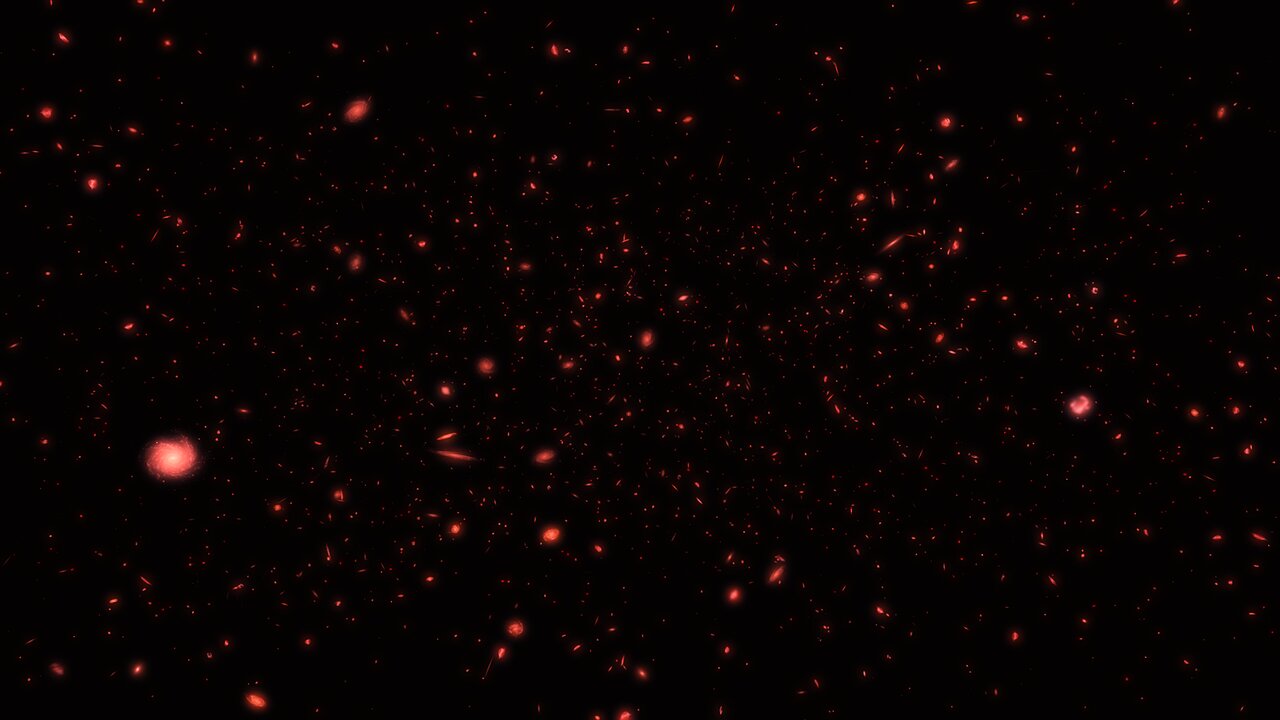We have built telescopes in our backyards, and high upon remote mountains, and even launched telescopes into space. With each advancement in our technology, we have made amazing and surprising new discoveries about the Universe. So what should our next advance in observatories be? Based on a new paper on the arXiv, a good choice would be the lunar surface.
Continue reading “Should the Next Big Observatories Be Built on the Moon?”NASA is Getting Serious About a Radio Telescope on the Moon
It’s widely known by now that the “dark side” of the moon, made famous by Pink Floyd, isn’t actually dark. It gets as much sunlight as the side that is tidally locked facing Earth. However, it is dark in one very important way – it isn’t affected by radio signals emanating from Earth itself. What’s more, it’s even able to see radio waves that don’t make it down to Earth’s surface, such as those associated with the cosmic “Dark Ages” when the universe was only a few hundred million years old. Those two facts are the main reasons the far side of the moon has continually been touted as a potential location for a very large radio telescope. Now, a project sponsored by NASA’s Institute for Advanced Concepts (NIAC) has received more funding to further explore this intriguing concept.
Continue reading “NASA is Getting Serious About a Radio Telescope on the Moon”A 100-Meter Rotating Liquid Mirror Telescope on the Moon? Yes Please.

In the coming years, some truly awesome next-generation telescopes are going to be gathering their first light. Between space telescopes like James Webb and Nancy Grace Roman, and ground-based telescopes like the Extremely Large Telescope (ELT) and the Giant Magellan Telescope (GMT), astronomers will be able to study aspects of the Universe that were previously inaccessible.
For instance, there are Population III stars, which are the first stars to have formed in the Universe. These stars are not observable in visible light and even next-generation facilities (like those mentioned above) will not be able to see them. But according to a team led by NASA Hubble Fellow Anna Schauer, the solution could be to build what she has named the “Ultimately Large Telescope” (ULT) on the Moon.
Continue reading “A 100-Meter Rotating Liquid Mirror Telescope on the Moon? Yes Please.”

